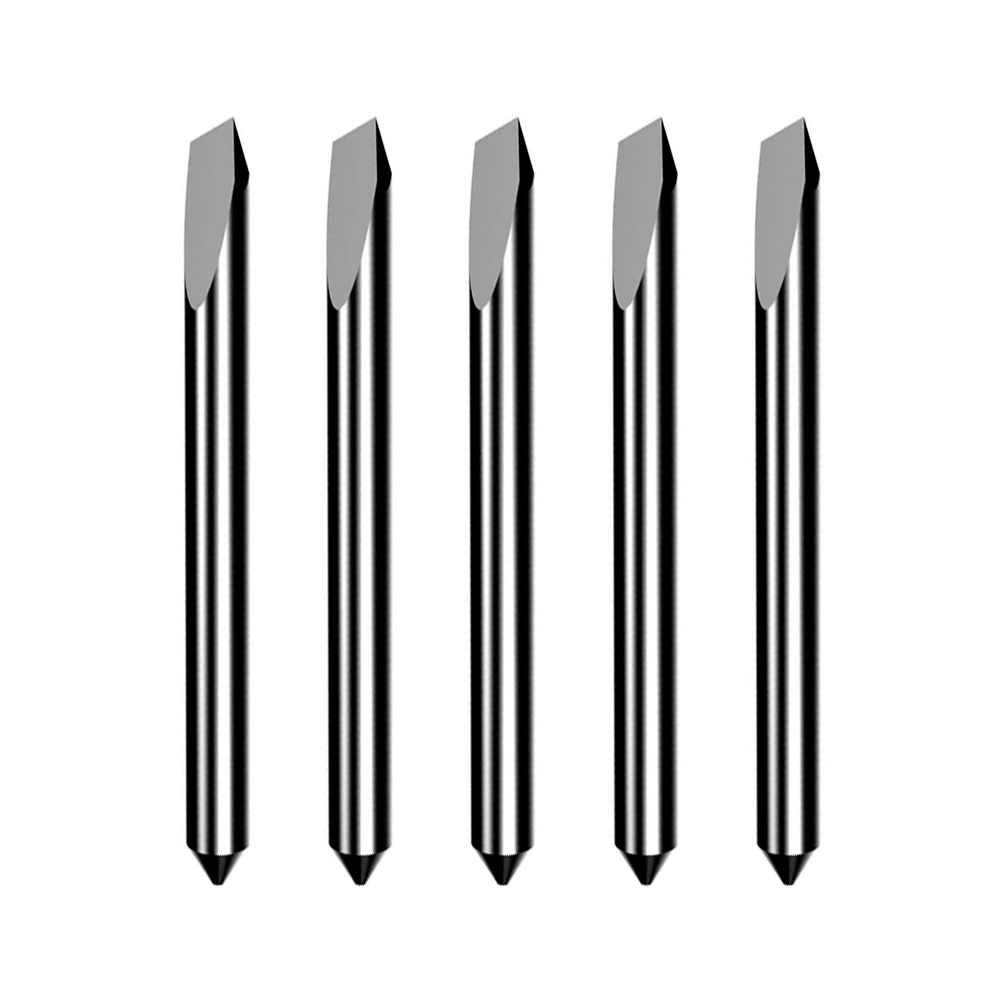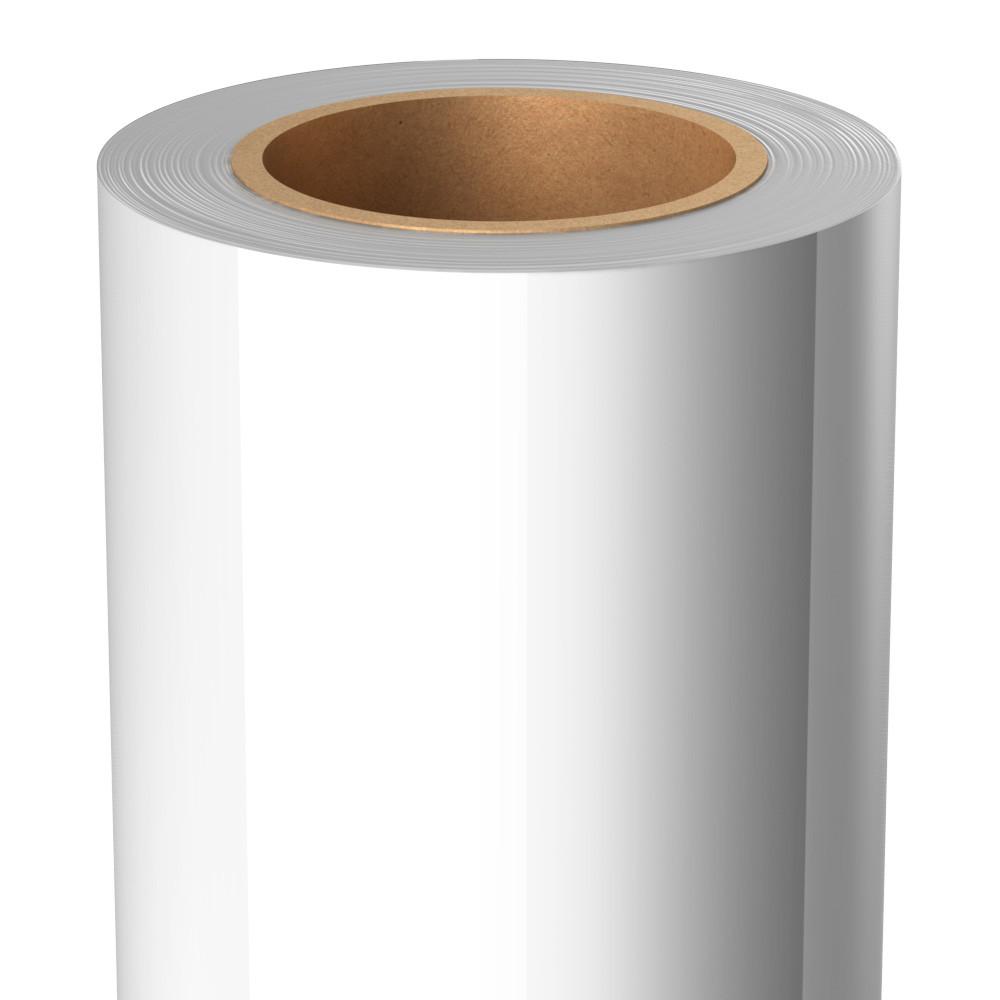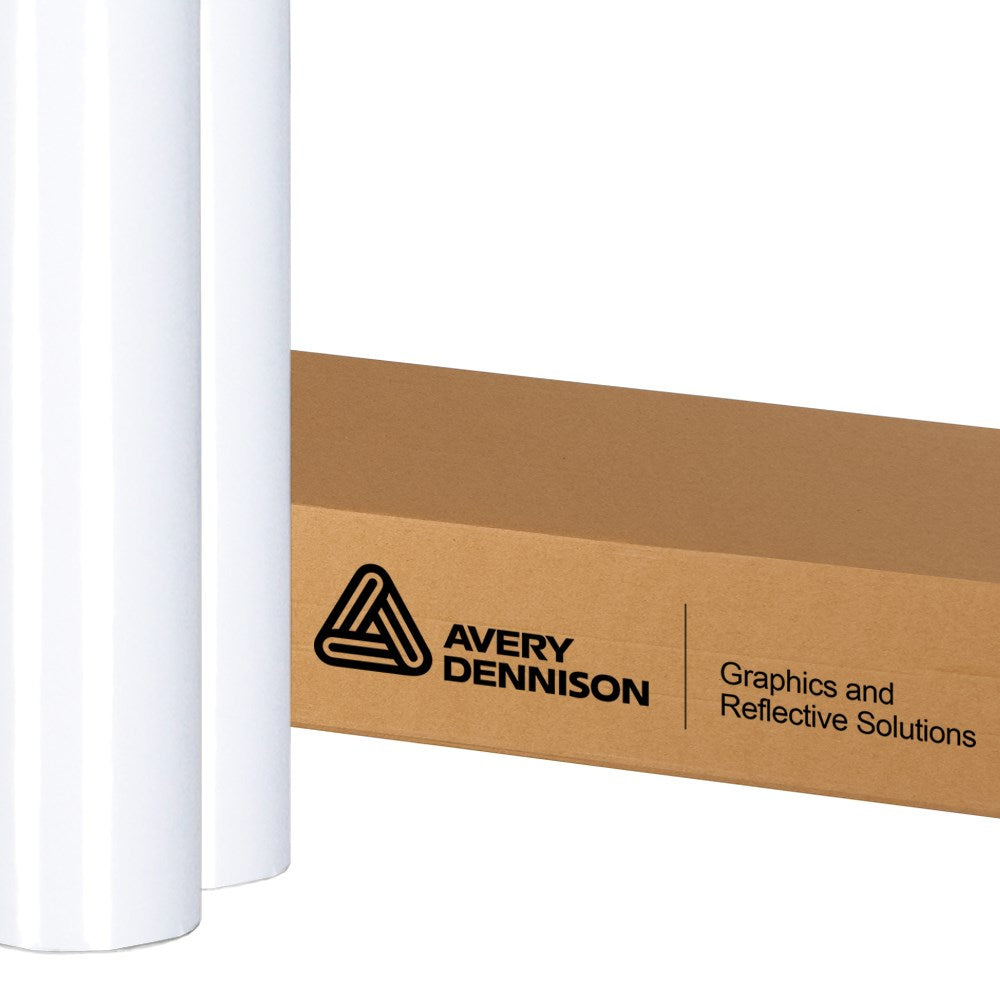As you venture into the large-format printing business, it’s important to familiarize yourself with the various printing and cutting processes involved. For instance, you need to be familiar with vinyl and digital printing, as well as high-volume and low-volume cutting environments.
Your success in this business depends on your familiarity with these processes and your ability to leverage them to achieve your business objectives. In this article, we’ll explore everything you need to know about high-volume vinyl and digital print shops.
What Is High-Volume Printing?
High-volume printing is the opposite of low-volume printing, which produces smaller quantities of printouts. Low-volume printing and cutting environment is characterized by standard printing and cutting machines and technologies.
High-volume printing involves printing large quantities of materials all at once using large-scale printing machines. These machines are commonly used in industrial and commercial environments where speed, accuracy, efficiency, and mass production are essential.
These machines are designed for both printing and cutting your printed materials. So, rather than invest in separate machines (one for printing, one for cutting), you can opt for an all-in-one solution for a streamlined process.
For example, you can invest in high-volume printer cutters like the Roland TrueVIS VG3. This series has some of the most advanced printer cutters that are perfect for professionals who need additional flexibility and are familiar with advanced technology.
What Is Vinyl Printing?
Vinyl printing–or ‘canvas printing’–refers to the process of printing images and other graphics on thin vinyl materials using ink or toner. This form of printing is ideal for open-air print products like campaign ads, promotions, brand recognition, signage, and more. This makes vinyl printing common in large commercial printing shops, but it can also be done at small-scale printing facilities.
Vinyl is a type of organic compound that is harder, lighter, and more durable than other printing materials used for outdoor advertising and signage. You can even do vinyl printing at home using your personal computer, printer, and printable vinyl papers!
What Is Digital Printing?
Digital printing refers to the process of printing digital images and other printable materials directly onto a substrate. Unlike offset printing (where the inked image is transferred from a plat to a rubber blanket and then to the printing surface), digital printing doesn’t need a printing plate.
Digital materials are sent directly to the printing press for printing on paper, vinyl, fabric, cardstock, synthetic fiber, or any other substrate. With digital printing, the speed and quality of your output prints will improve.
What Do Digital Vinyl Print Shops Do?
Digital vinyl printing and cutting shops both offer large-format graphic printing solutions. They employ wide-format printing equipment and technology to produce high-quality, durable, full-color designs.
These businesses maintain reliable vinyl printing and cutting equipment to produce large quantities of high-quality printouts consistently. Once signs are printed onto vinyl substrates, vinyl cutters cut the materials to the desired shapes and sizes. Sometimes the printed vinyl will be laminated instead of being cut into shape, depending on the demands of the project.
Previously, vinyl printing was primarily used for art images and large block letters. However, as technology in the printing industry advances, this type of printing has become an ideal solution for all kinds of outdoor printing needs, including signage.
High-volume vinyl printing and cutting machines, likeRoland DG equipment, have made it possible for print shops to produce high-quality signs in mass without exceeding their operational costs. Your large-format printing business can succeed much more easily if you invest the right equipment and technology!





